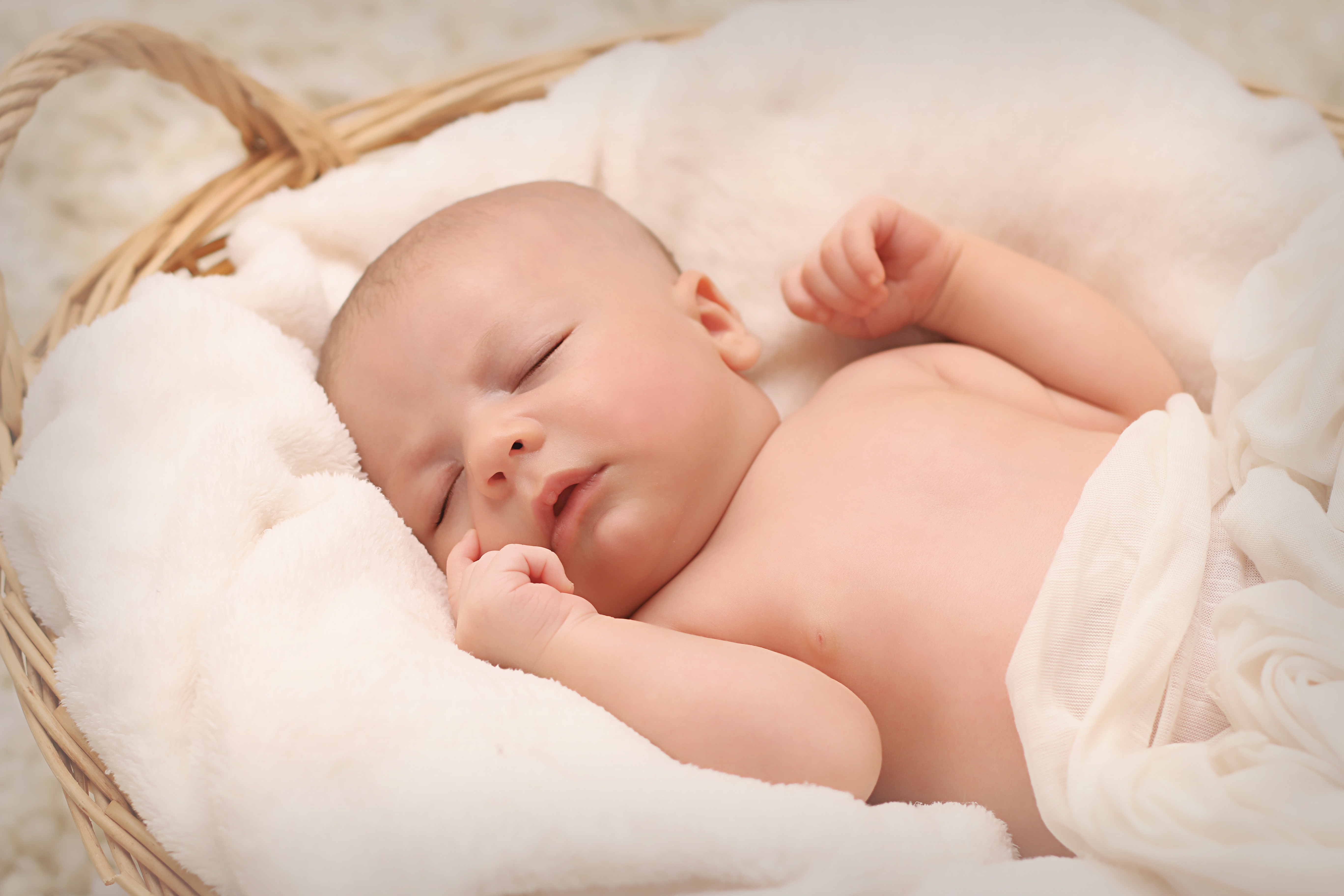
Babies in the womb get its nourishment and oxygen from its mother from the placenta which is attached to the baby by the umbilical cord, which is on the belly button. When your baby is born the nurse will clamp and cut the cord close to your baby leaving just a little stump. This stump usually dries out and drops off naturally in about 7 to 21 days, leaving a small wound in its place that can take a couple of days to heal.
It is completely normal for there to be a bit of blood on your baby’s diaper when the stump falls off, after all it is a bit like a scab falling off. Sometimes, there can also be a drainage of clear or yellow fluid, and there may even be some bits of the cord left behind. Again, don’t worry this is completely normal and these “umbilical granulomas” often go away by themselves. However, if you are worried then seek advice from your paediatrician who will be able to treat them for your baby.
Until the stump drops off naturally, it is important to take good care of it to avoid getting any nasty umbilical infections. The most important thing to remember is that it should be kept dry and clean. Try turning your baby’s diaper down a little if it is likely to sit over the stump, or use newborn diapers as these usually have a bit cut out to accommodate the stump (and prevents any contact with urine). Alternatively, just dressing your baby in a diaper, can also speed up the drying out process, as it is continually exposed to the air.
It is also a good idea to give your little one a sponge bath rather than a tub bath until the stump falls off. This means that you can limit the amount of exposure it has to the water and makes it easier to dry after bath-time.
Similarly, not dressing your little one in bodysuit style undershirts can help speed up the process of drying out the stump. Not only does it allow more to air to get to the stump to dry it out, but it also prevents your little one from overheating and allowing the stump to become sweaty, delaying the process.
Lastly, and perhaps most importantly, never attempt to pull off the stump, even if it is hanging on by a thread. It is much better, and safer, to let it drop off naturally and heal itself.
If you are worried about the stump or if your little one cries if you touch it or the skin next to it, the base of the cord is red or there is a yellowish discharge, then it is best to seek advice from your paediatrician. These symptoms could indicate that the cord is infected, but it is always best to speak to a paediatrician who will be able to treat it.
